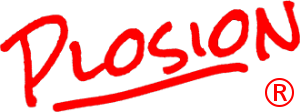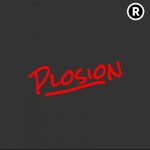Canonical
SEO Updates on January 16, 2018
Canonical tags
What is a canonical tag?
If you look at the source code of a modern website you will see that a canonical tag looks like: <link rel=”canonical” href=http://www.example.com/” /> This code should be entered into the head HTML of the web page.
Why use a canonical tag?
Top SEO specialists will suggest that a canonical tag should appear in the HTML of every page of a website. This is because it tells Google that it is the most important page from a group of other web pages that may have similar content.
The tag comes in very useful if you duplicate pages by accident or you have very similar product pages on say an e-commerce website, these pages may duplicate URL’s on sort filters or tracking parameters.
When to use canonical tags
Sometimes a website database may hold two different URL’s for a web page for example:
http://www.homepage.com/index.html
Is the same as
http://www.homepage.com/
How to find duplicate content through Google
Google will put any web pages it thinks are duplicate in a omitted search folder, to find this just put “site:” in front of the websites URL you are checking. At the end of all the web page results you will see a link saying “omitted search results” these are the pages Google has selected as duplicate content All of the web pages in the omitted results should have canonical tags entered in them.
Uppercase and lowercase
Another issue you may have would be the upper and lowercase URL’s for example:
http:// www. example.com/Online/Example/
http:// www. example.com/online/example/
If the web page resolves on both URL examples this will cause a duplicate problem. To solve this the page will have to be re-directed away or there will have to be a canonical tag placed in the HTML of the page.
Duplicate pages caused by URL parameters (tracking & session id’s)
Tracking parameters track different page views, session ID’s are used to track a website admin user. Both are great resources but if the exposed URL is used to navigate to a page it may then cause duplicate content.
Conclusion
A canonical tag should be placed in the HTML code if there is a risk of a duplication of content, web pages that cannot be redirected and for web pages that were created through tracking parameters.
It is good advice to use a redirect if and wherever possible even though Google strongly follows the canonical tag.
Here Matt Cutts explains canonical tags


